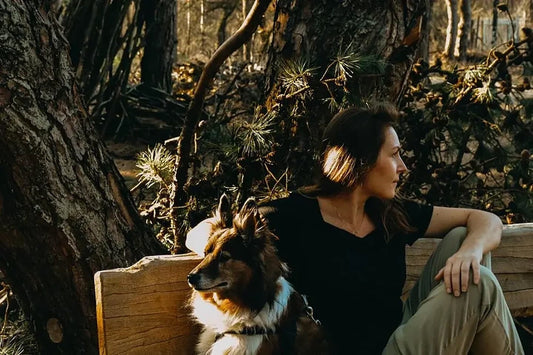Imagine a world without almonds, flowers, apples, coffee, cotton, berries… no thank you! All different types of Bees play a key role in the productivity of agriculture & in the beauty and functioning of our natural world. They pollinate our fruits, vegetables, nuts and flowers, and they keep us buzzing.
Bees currently face
-
Disruption of natural habitats leading to lack of “bee flowers.”
-
Widespread overuse of pesticides.
-
Numerous bee diseases and parasites have created a health crisis for managed bees and declines in our wild, native bee populations.
This month, $1 from each bottle of our Sanctuary Collection will go to the University of Minnesota Bee Lab, an incredible Bee research facility at the University of Minnesota.
The Bee Lab’s mission is to promote the conservation, health and diversity of ALL bees—native and non-native, wild and managed—through research, education and hands-on mentorship.
Their work is an effort to mitigate the disruption of bee habitats occurring en masse throughout the globe.
 Actions you can take to help the bees
Actions you can take to help the bees
1. Plant flowers and keep those flowers free of pesticide contamination.
Try planting these bee superfoods appropriate for mostregions:
 Wildflowers
Wildflowers
Echinacea, Sunflowers, Lupine, Sage, Goldenrod, Milkweed, Aster, Violets.
 Shrubs & Trees
Shrubs & Trees
Wild Lilac, Dogwood, Raspberry, Blackberry, Elderberry, Blueberry, + Pine, Maple, Sumac & Oak.
 Grasses
Grasses
Sedges, Wheatgrass, Sweetgrass, Junegrass, Bluestem, Muhly, Dropseed.
 Edible Plants
Edible Plants
Onion/Chive/Garlic/Leek/Scallion, Brassica (Kale, Broccoli, Cabbage, Cauliflower), Peppers, Melons, Citrus, Cucumber, Squash, Berries, Herbs (Mint, Basil, Oregano, Dill, Cilantro, Basil), Avocado, Almonds, Cherries, Peach, Plum, Pear, Eggplant, Potato, Tomato, Okra, Chamomile.
Planting Resources | Info on Keeping Plants Pesticide Free
2. Create nesting habitats.
Provide undisturbed areas where bees can make their own nests. Key elements are standing, dead stems, downed logs, brush piles, and most importantly, undisturbed ground (both bare and covered with thatch).
3. Support Minnesota Bee Lab efforts.
Ongoing research projects include optimizing seed mix for pollinators, studying beneficial insects, conducting an economic analysis of bee habitat restoration, and many, many more. Financial gifts to the Bee Lab directly support this work, outreach and education while ensuring this valuable data and information is accessible to all.
Stay Connected with the Bee Lab
Website | Instagram | Facebook | Twitter | Youtube
Our Sanctuary Collection
Learn more about our Sanctuary Program
Sanctuary Serum
Gentle, deep, therapeutic nourishment from the most nutrient-rich & skin supportive plants on the planet. Formulated as a feast for the skin, and created to provide a calming shroud of comfort and peace for all skin.
Sanctuary Nectar Balm
Potent balm-version of our Sanctuary Serum created for individuals looking for a richer, more cocooning and comforting moisture step. Like the serum, it’s a topical multi-omega, multi-vitamin, and multi-nutrient.







